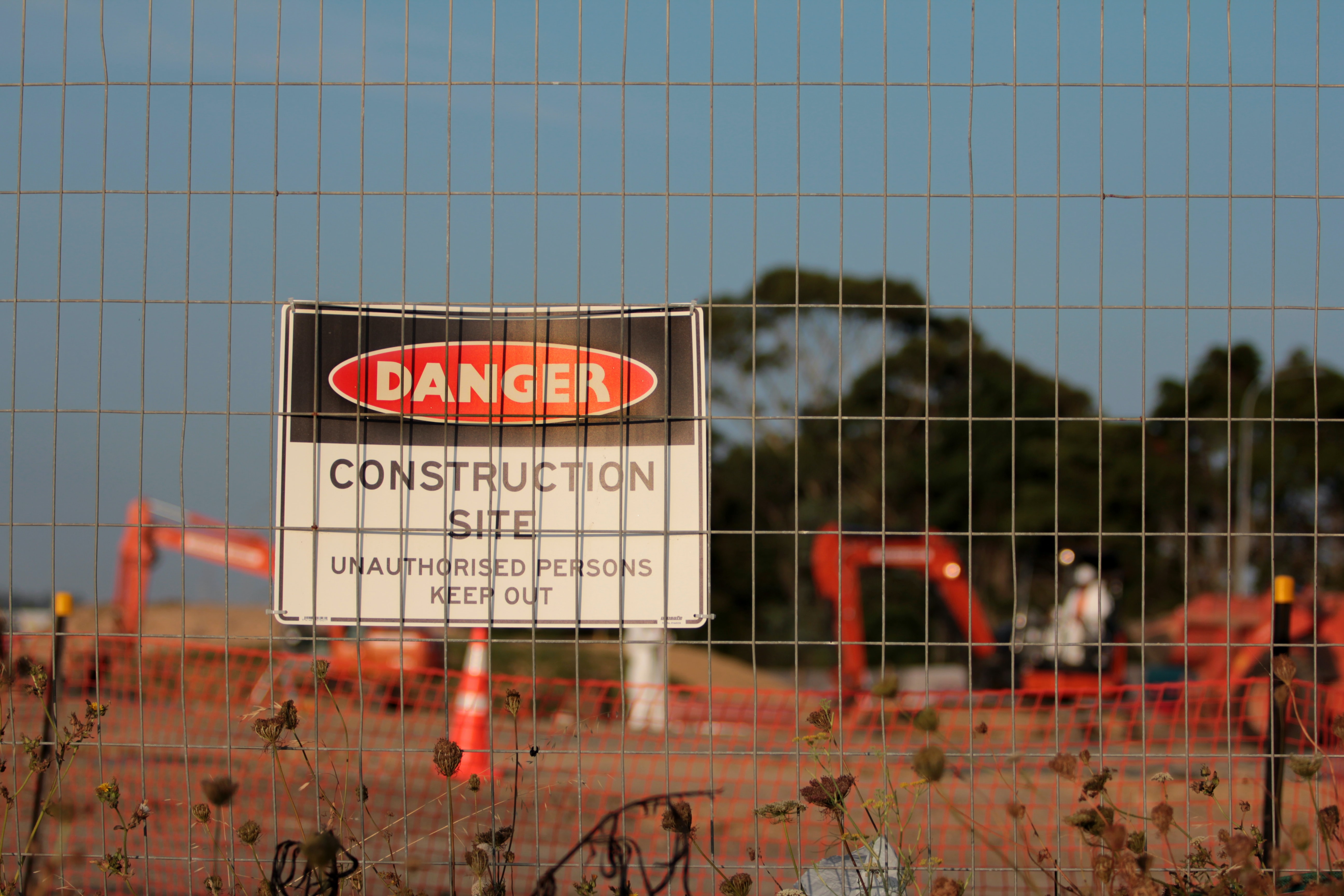Safety Management Systems help businesses manage safety in the workplace. From monitoring who is qualified to work, to ensuring that staff are trained and inducted properly, safety management systems can help businesses stay on top of OHS performance.
However, having a solid safety management system in place isn’t the end of the process. Safety systems need to be continually reviewed and audited to ensure that they are fit for purpose. We’re taking a look at why safety management systems need to continue to evolve in order to do their job properly.
Why are safety management systems beneficial?
Measuring, monitoring and evaluating the effectiveness of your safety practices is one of the best ways to continually progress when it comes to workplace safety. And that is exactly what safety management systems do. By collating your safety data, reminding you when to review safety measures and helping people complete their safety training and admin, they help to continually improve on OHS.
Safety management systems help businesses to:
- Manage their accountabilities, policies and procedures
- Alert your team to any risks or dangers
- Ensure that your business is acting in accordance with the law
- Offer automated reminders
- Encourage better safety practices
- Make safety admin quick and easy
- Minimise the risk of incidents
- Understand the cost of incidents
- Manage safety policies, safety accountabilities, emergency response planning, hazard identification, risk assessment and much more.
Safety Management Systems Have To Continually Evolve To Be Effective
The world we live in is fast-paced and ever changing. This means that our safety systems need to be too. Safety management practices need to continually evolve to cater to a businesses evolving needs. Here are some of the top reasons that businesses need to keep challenging and changing their procedures:
-
Keep up with technology
Technology is ever changing, and safety procedures can benefit from going digital. In order to keep your processes up to date and keep up with the competition, you need to be continually updating your software systems. This goes for all aspects of your business, where utilising technology will help you stay ahead and streamline your processes.
When it comes to safety and compliance, businesses often upgrade their technology in order to save time and money. Whilst this is an amazing perk, the number one bonus is that it enables your team to access and fill in safety procedures from anywhere, and this boosts compliance and keeps employees safe.
-
Manage changes in the workplace
Every workplace evolves and changes rapidly. Safety processes that worked one month might not work the next, and your team needs to be updated on the changes that will keep them safe. By auditing, updating, and keeping up to date with any changing safety needs, you’re much more likely to minimise risk.
Safety management systems need to be continually challenged in order to ensure that they are still fit for purpose for the organisation today.
-
To create a safety first culture
When you adjust and monitor your safety systems, it proves to your team that you care about their safety and creates a safety first culture. Processes need to be updated to remind your employees of the importance of safety at work, and to allow them to feedback on any changes they feel are important.
Often employees will know first hand what is working and what is not working, and giving them the space to share their thoughts can be really powerful. Ultimately, long-term changes will only occur when everyone is onboard, and by putting safety management systems in the spotlight you remind everyone just how important it is.
Are you looking to create a safety first organisation within your business? Take a look at some of the most powerful safety management tools on the market to help your business take action.



